Have you always dreaded misting because of its confusing rules? When to mist, what kind of plant even needs misting, and how to do it correctly? These are just a few questions that come to mind. One thing we know for sure is that you need to take different aspects into consideration before giving your plant the first spray.
So, buckle up and get ready to sort this out with today’s insight!
Why Should You Mist?
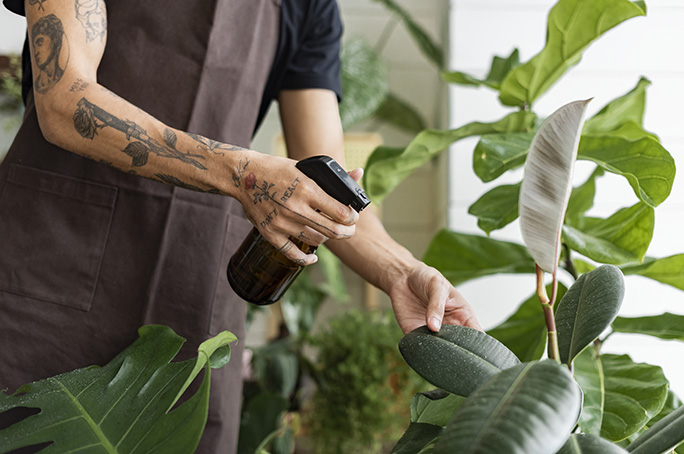
Misting is essential for keeping your plants happy and healthy. This is especially true for tropical plants that naturally grow in areas with high humidity. Their large foliage evaporates excess moisture, which allows them to adapt to humid climates. Misting isn’t recommended (it’s even prohibited) for succulents and cacti, as they’re native to places with dry conditions. Besides, when choosing whether to mist your plants, consider the following reasons for and against:
- Many plants don’t enjoy having wet leaves, as that promotes the development of fungal diseases and attracts pests.
- Regular misting can lead to the appearance of water stains on the foliage (especially if you use tap water and don’t wipe the leaves).
- Misting water can accumulate in rosettes or leaf sinuses, causing their rot.
- Misting increases humidity and moisturizes your plant, making its foliage fleshier and greener.
- It helps to clean the foliage from dust and build-up.
- Regular misting gives you more one-on-one time with your green friend. The more attention you pay to it, the quicker you’ll be able to find out about potential health problems.
- Misting helps to cool your plant during hot summer days and protects it from wilting.
How Should You Mist?
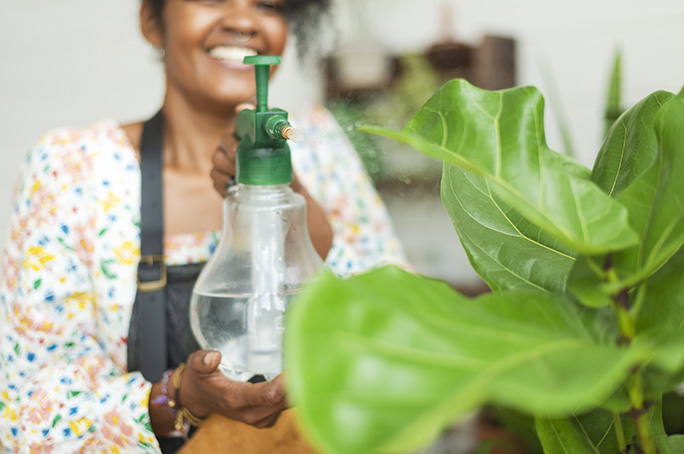
- The most important rule is to mist only in the morning (from 7 am to 9 am) or evening (after 5 pm). Never mist your plants during hot summer afternoons, or you risk sunburning them (the water droplets will act as a magnifying glass for the sun!).
- Mist both sides of the leaves—don’t forget about the undersides.
- Don’t let water sit on the foliage; direct the sprayer upward so that droplets don’t accumulate on the plant. You can also just spray the air around it.
Top 7 Plants That Thrive in High Humidity
Spider plant. A tropical native, Chlorophytum comosum enjoys high humidity, so regular misting is a must for this plant.
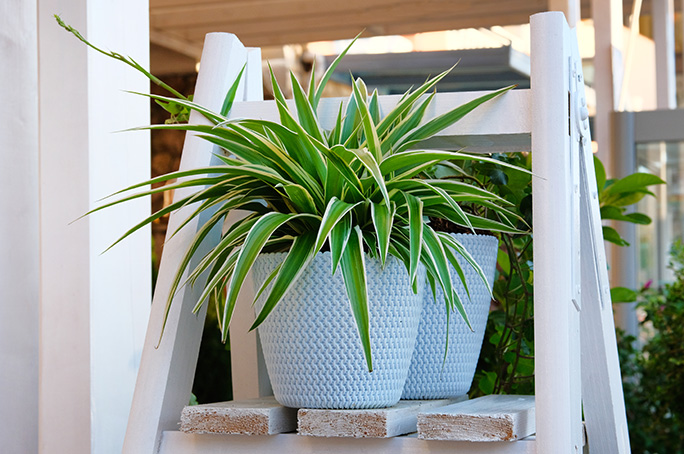
Parlor palm. Chamaedorea elegans is one of the best plants for indoor decoration—it’ll give your room a jungle feel. Just mist it properly!
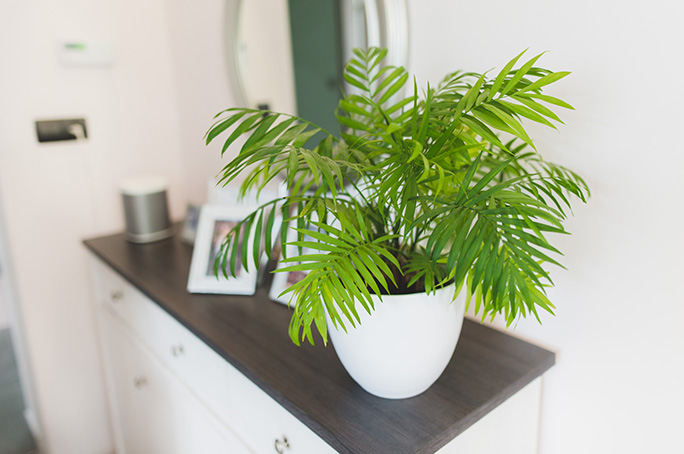
Gardenia. All species of Gardenia enjoy humid conditions, so be sure to follow its care requirements to a tee if you want this tropical beauty to stay in your house.
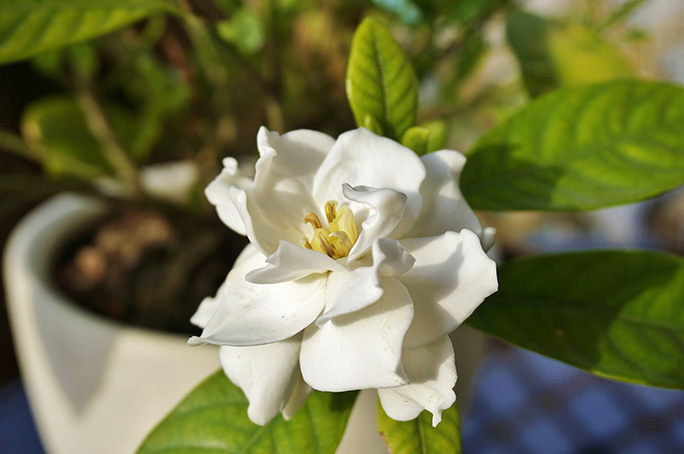
Snake plant. Dracaena trifasciata is a toppick for plant lovers who are looking for a cute and simple home ornament.
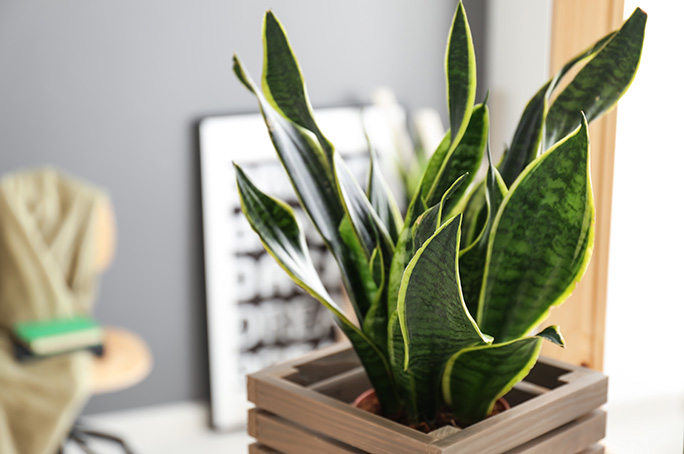
Peace lily. Spathiphyllum is a guest from tropical regions that enjoys watering and humidity quite a bit. Be sure to provide it with regular spraying to nourish its lush green foliage.
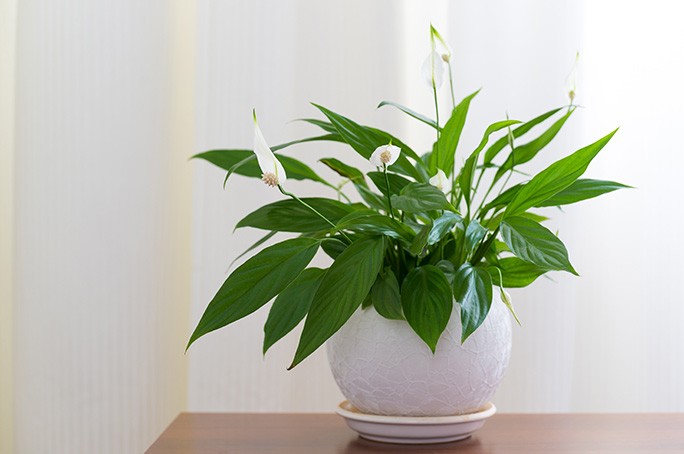
Golden pothos. Epipremnum aureum is a trailing plant with dazzling green to yellow foliage. It’s a flashy display that will amaze you with its wild beauty.
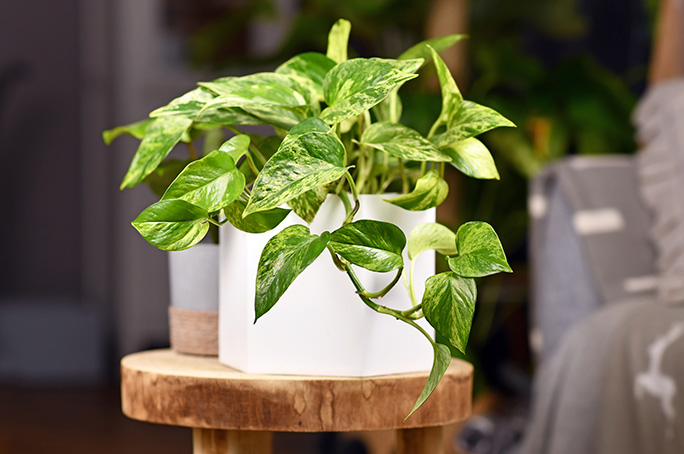
Chinese money plant. Pilea peperomioides will make your days brighter with its cheerful appearance and cute round brilliant leaves.
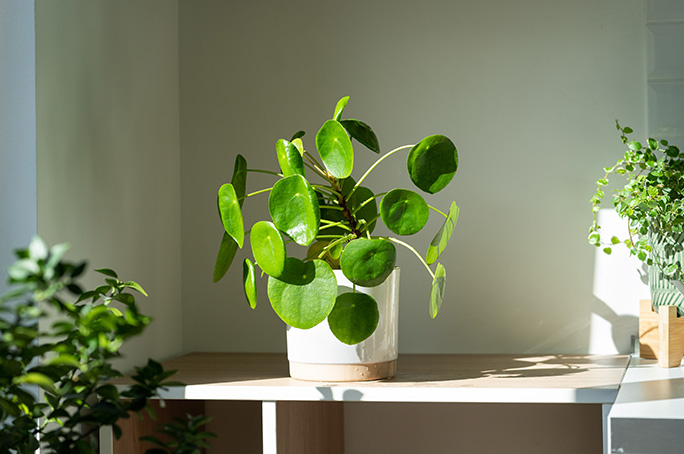
Now that you’re well-versed in the intricacies of humidity control, it’s time you tested your skills! See if you can handle one of the moisture-loving plants in our top 7, and who knows, maybe you’ll love it?
